About
What is Myo-Guide?
MYO-Guide is a platform that aims to push the role of Magnetic Ressonance Imaging (MRI) in the diagnosis and study of Neuromuscular Diseases (NMDs). The main tool offered by MYO-Guide is an online Machine Learning model for diagnosing NMDs using the Mercuri score.
MYO-Guide started in 2018 as a study of the efficacy of machine learning in the diagnostic process of neuromuscular diseases. In that project, the Mercuri scores of the pelvis, thighs, and lower legs from more than 1000 patients were collected. These patients had a confirmed diagnosis ranging between 10 different NMDs:
- Duchenne and Becker muscular dystrophy
- Limb girdle muscular dystrophy R1 or calpainopathy
- Limb girdle muscular dystrophy R2 or dysferlinopathy
- Limb girdle muscular dystrophy R3 to R6 or sarcoglycanopathies
- Limb girdle muscular dystrophy R9 or fukutin-related disease
- Limb girdle muscular dystrophy R12 or anoctaminopathy
- Limb girdle muscular dystrophy produced by mutations in LMNA gene
- Oculopharyngeal muscular dystrophy
- Facio-scapulo humeral muscular dystrophy (FSHD)
- Pompe disease
A Random Forest model was trained, and obtained an accuracy of 95.7%. This first project was described in the following paper:
Accuracy of a machine learning muscle MRI-based tool for the diagnosis of muscular dystrophies
José Verdú-Díaz, Jorge Alonso-Pérez, Claudia Nuñez-Peralta, Giorgio Tasca, John Vissing, Volker Straub, Roberto Fernández-Torrón, Jaume Llauger, Isabel Illa, Jordi Díaz-Manera
First published February 6, 2020, DOI: https://doi.org/10.1212/WNL.0000000000009068
Now, we are working towards improving the first version of the model. Our main aim is to increase the number of diseases that Myo-Guide can predict from 10 to at least 25 including among others myotonic dystrophy type I, FSHD type II, spinal muscular atrophy (SMA), myofibrillar myopathies or necrotizing myopathy:
- Dystrophynopathy
- CAPN3 (LGMD-R1)
- DYSF (LGMD-R2)
- SGCA (LGMD-R3)
- SGCB (LGMD-R4)
- SGCG (LGMD-R5)
- TTN
- ANO5 (LGMD-R12)
- FKRP (LGMD-R9)
- COL6A1, A2 and A3 (Bethlem and Ullrich)
- MYOT (Myofibrillar myopathy type I)
- RYR-1
- DMPK (Myotonic dystrophy type I)
- ZNF9 (Myotonic dystrophy type II)
- SMN-1 (Spinal muscle atrophy)
- MYH7
- GNE (Nonaka disease)
- GAA (Pompe disease)
- LMNA
- PABP2 (Oculopharyngeal muscle dystrophy)
- D4Z4 deletion (Facio-Scapulo-Humeral muscular dystrophy type 1)
- SMCHD1 (Facio-Scapulo-Humeral muscular dystrophy type 2)
- VCP (HIBM + Paget)
- Necrotizing myopathy (SRP/HMGCoA)
- IBM (Inclusion Body Myositis)
The diagnosis tool of Myo-Guide is available online on the following link, and will allow doctors from everywhere in the world to use Myo-Guide without requiring any software. The tool attempts to be as user-friendly as possible, extensive documentation on how to use it is available on the following link. As we are conscious of how difficult it is to find enough time to calculate Mercuri score for each muscle, we also want to provide users with an automatic segmentation tool that can automatically identify the muscles and calculate the Mercuri score.
ISRCTN Registry
MYO-Guide is registered in the ISRCTN Registry with the following DOI: doi.org/10.1186/ISRCTN14323809.
The MYO-Guide Consortium
In order to achieve our goal we are seeking for collaboration with clinicians worldwide that have muscle MRIs of patients with a confirmed diagnosis of any of the listed disorders. To collect the MRIs we use MYO-Share, an online platform for sharing MRIs between researchers built on the Azure platform that esures the security and integrity of the images uploaded. In case you are interested collaborating, please contact us at: [email protected]
MYO-Guide wouldn't be possible without our international collaborator network. We owe a big thanks to all the centres, clinicians and researchers that have kindly shared their data with us.
A detailed list of the consortium members is available here.
What does MYO-Guide offer?
MYO-Guide acts as an umbrella for different projects involving MRI and NMDs:
- Diagnosis Tool: online tool for diagnosing NMDs using Mercuri sores. More information here
- Mercury: python package for processing and analysing Mercuri scores.
How can I get a MYO-Guide accout?
MYO-Guide is currently in a closed beta. This means that accounts are created manually under request. If you would like to try MYO-Guide, please contact [email protected]
Who is behid MYO-Guide
MYO-Guide has been developed in the John Walton Muscular Dystrophy Research Centre (JWMDRC), a world-leading referent in the research and care for neuromuscular diseases. The JWMDRC is part of Newcastle University and works hand-to-hand with the NHS.
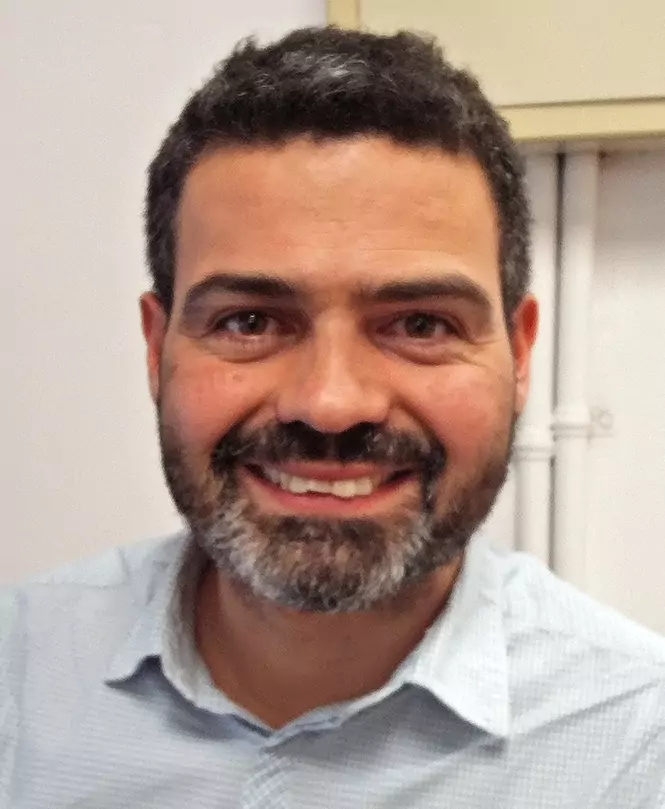
Prof. Jordi Díaz-Manera
Jordi Díaz-Manera is Professor of Neuromuscular Diseases, Genetics and Translational research at John Walton Muscular Dystrophy Research Centre at Newcastle University in the UK. He is an adult neurologist specialized in neuromuscular diseases with more than 20 years experience in the diagnosis and follow-up of patients in clinics. Jordi has been working in implementing MRI as an useful tool for the diagnosis of inherited and acquired neuromuscular diseases for more than 10 years. He has written several papers describing the mean radiological features of diseases such as limb girdle muscular dystrophy R2, Pompe disease, FSHD type II, limb girdle muscular dystrophy produced by mutations in the LMNA gene. Moreover, Jordi is interested in quantitative MRI sequences that can be used to follow-up muscle degeneration with different neuromuscular diseases in natural history studies such as Dixon or T2.
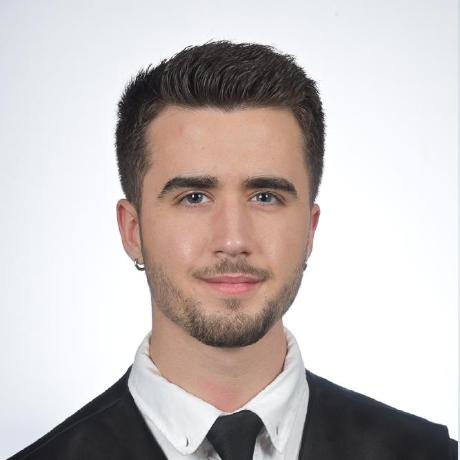
José Verdú-Díaz, Eng.
José Verdú-Díaz is a Research Assistant at the John Walton Muscular Dystrophy Research Centre. He developed the first version of Myo-Guide during his Bachelor's in Networks Engineering under the coordination of Prof. Jordi Díaz-Manera. Since then, he has been collaborating on multiple projects involving Artificial Intelligence and biomedical data. In 2022, José started working in the JWMDRC to develop the second version of Myo-Guide and study how AI can be used to process and analyse MRI to obtain insights, diagnostics and prognostics of neuromuscular diseases. He helped in the creation of the dataset used to train the AI tools that MYO-Guide offers.
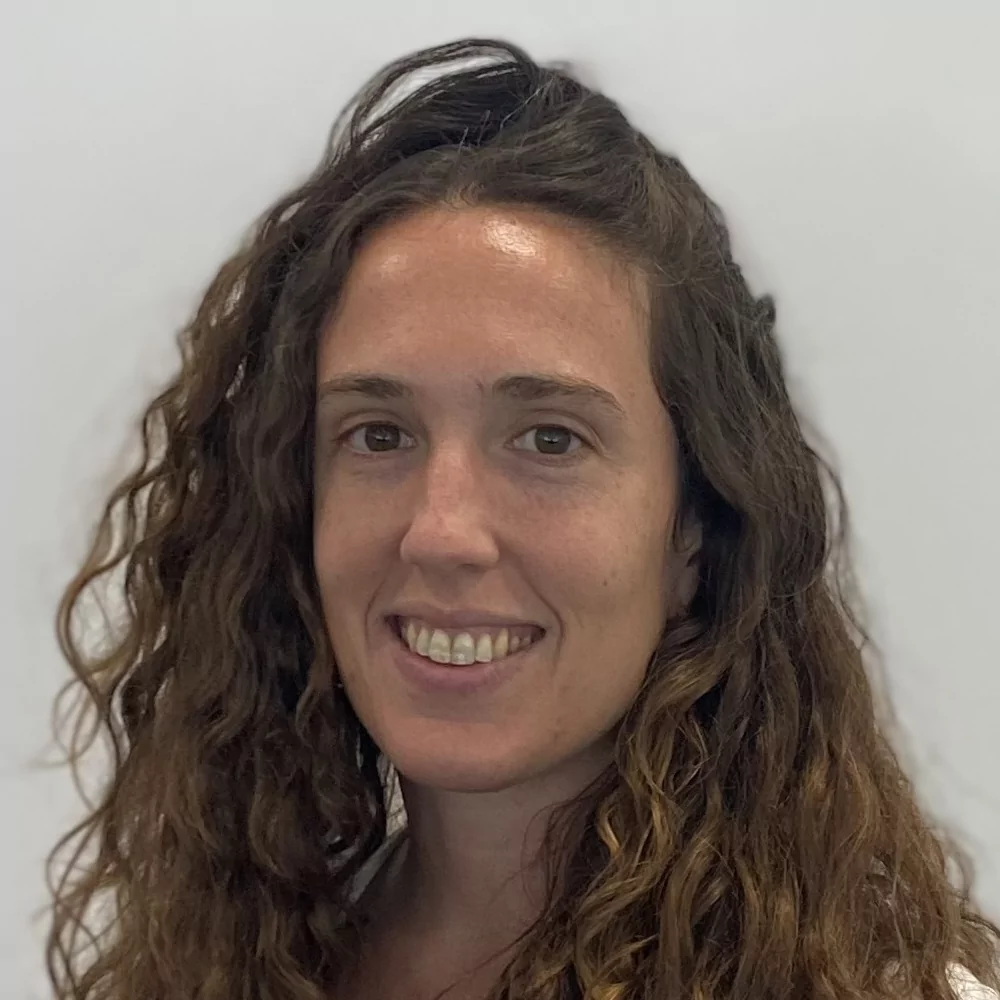
Carla Florencia Bolaño-Díaz, MD
Carla Bolaño-Diaz is a Clinical Research Associate at the John Walton Muscular } Dystrophy Research Centre, Newcastle University in the United Kingdom. She trained as an adult neurologist in Argentina and started showing a special interest in neuromuscular diseases while she was in training. She worked alongside Prof. Alberto Dubrovsky and once she finished her general neurology training, relocated to Newcastle to start working at the JWMDRC in order to specialize in genetic muscle conditions. She is studying and further developing the use of MRI as a biomarker and diagnostic, follow up and prognostic tool in dysferlinopathy patients as her PhD project.
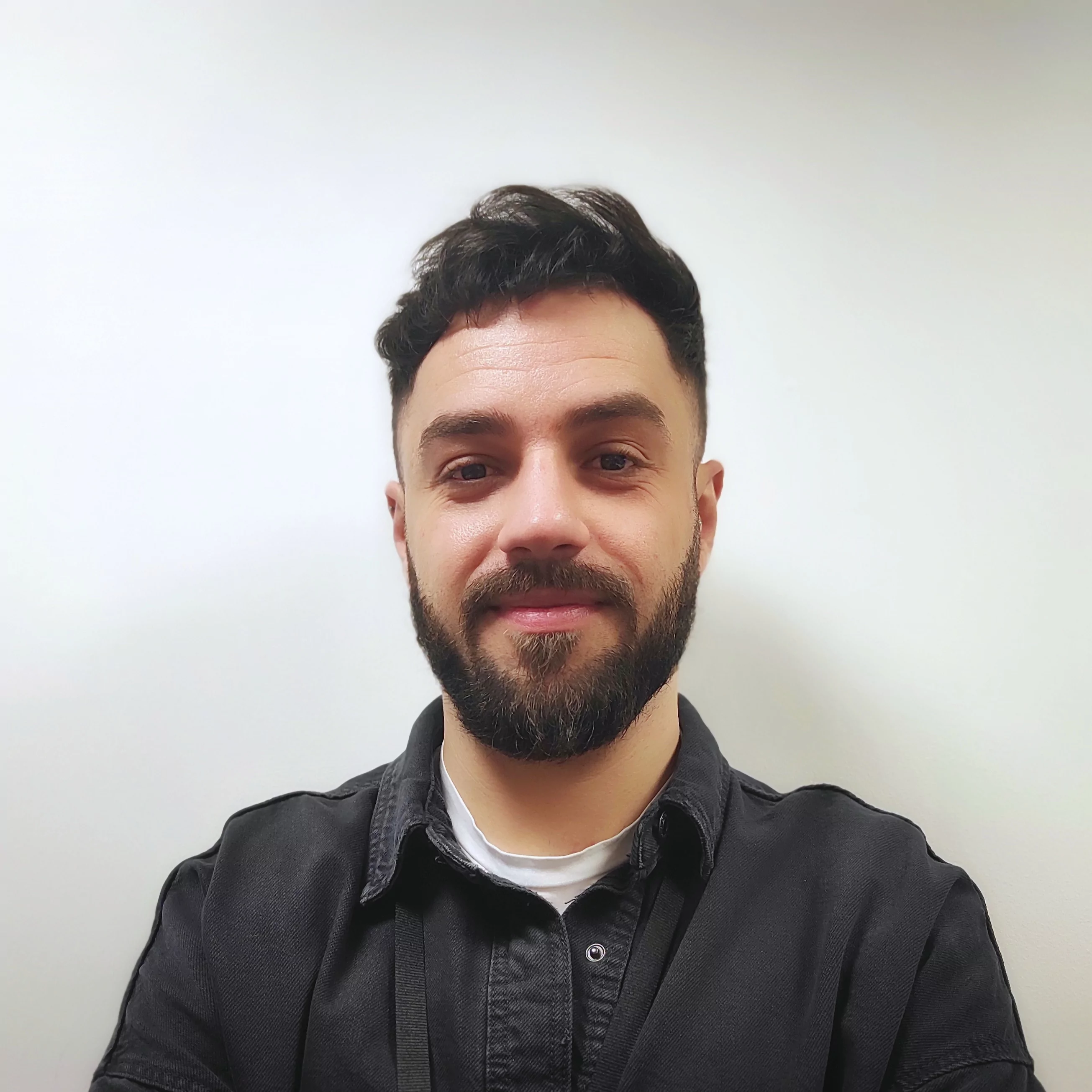
Alejandro González Chamorro
Alejandro Gonzalez Chamorro is a Project Coordinator at the John Walton Muscular Dystrophy Research Centre at Newcastle University, UK. He works on a few local and international Basic and Translational Research projects, among which he coordinates the MYO-Guide. Alejandro has been working on the set-up of the study; coordinates the sites and collaborators from different countries; collates and manages the data; and acts as the first point of contact for the MYO-Share platform.
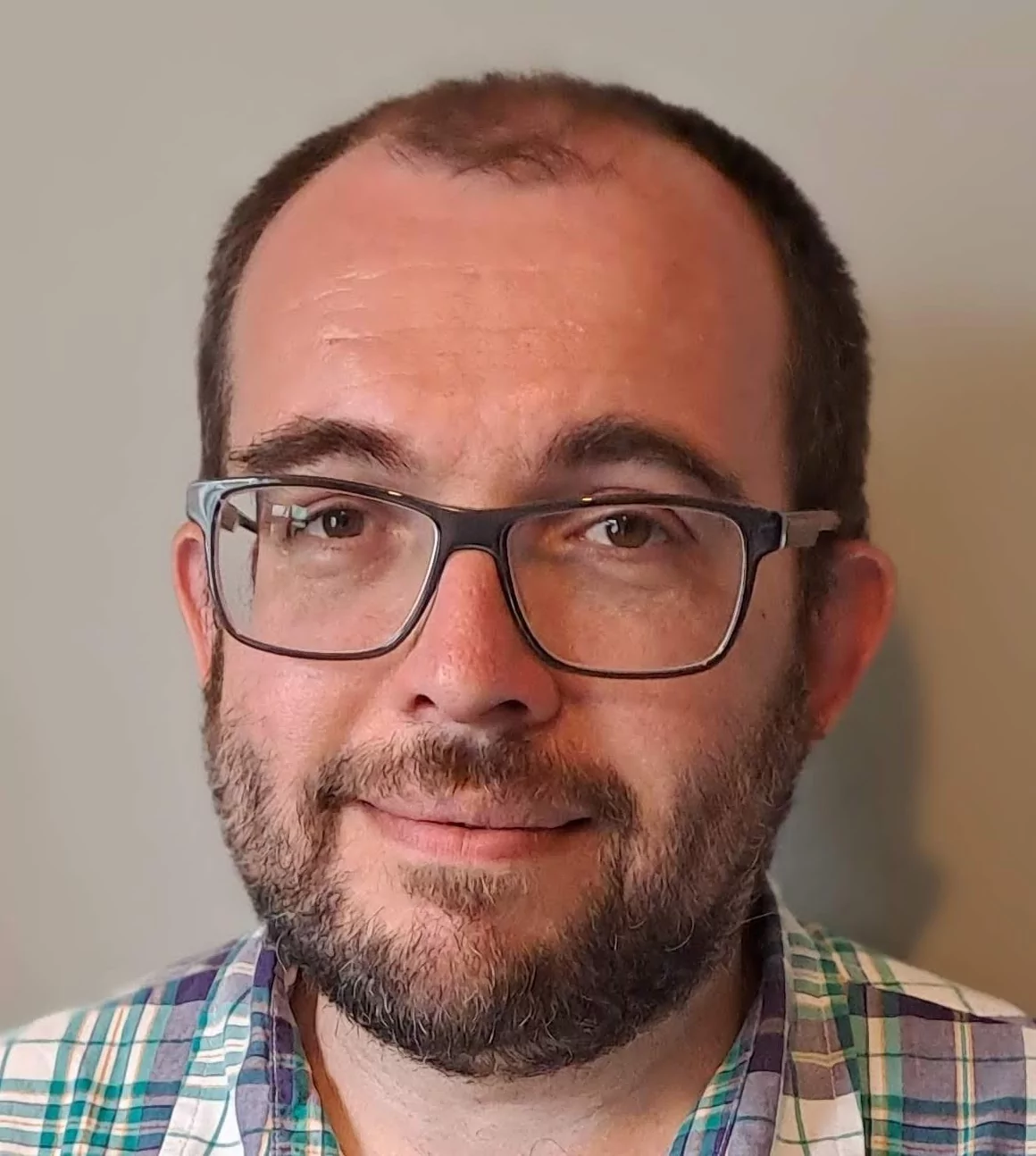
Jaume Bacardit
Prof. Jaume Bacardit is Professor of Artificial Intelligence (from August 2023) at the School of Computing of Newcastle University. Bacardit's research interests include the development of machine learning methods for large-scale problems, explainable AI, and the application of machine learning to life sciences real-world problems. He leads/has led the data analytics efforts of several large biological/biomedical interdisciplinary consortiums: APPROACH and PORTABOLOMICS. Interpreting how machine learning models take decisions has been one of Bacardit's active areas of research for many years, way before the term Explainable AI emerged.
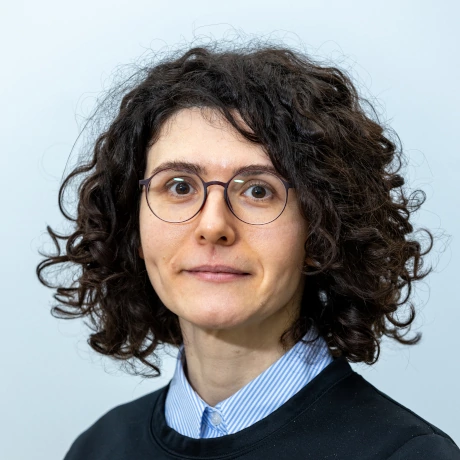
Goknur Selen Kocak
Goknur is a Clinical Research Associate at the John Walton Muscular Dystrophy Research Centre. She is an adult neurologist who completed her neurology training at Istanbul University-Cerrahpasa, Istanbul Turkey. She undertook a clinical neuromuscular pathology fellowship at Johns Hopkins University (United States) before relocating to Newcastle upon Tyne (UK). Her primary focus is gaining extensive expertise in muscular dystrophy and the application of muscle MRI.
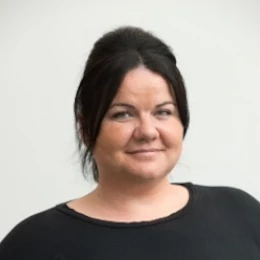
Sam Fitzsimmons
Sam Fitzsimmons is a Project Manager at the John Walton Muscular Dystrophy Centre, Newcastle University, UK. Sam has over 5 years of experience as a Clinical Trial Coordinator, and started her research career in the North East and North Cumbria Clinical Research Network (NENC CRN) as the Industry Coordinator, supporting the facilitation of research in the North East. Sam project manages several basic and translational research projects within the centre and is responsible for project oversight and support, maintaining and managing the planning and risk processes, as well as budget management.

Volker Straub
Professor Volker Straub is the Harold Macmillan Professor of Medicine and Professor of Neuromuscular Genetics at Newcastle University, UK. He directs the John Walton Muscular Dystrophy Research Centre and serves as Deputy Dean of the Translational and Clinical Research Institute. Trained as a pediatric neurologist in Germany, he completed a PhD on Duchenne muscular dystrophy and conducted postdoctoral research at the University of Iowa. His research focuses on genetic muscle diseases, employing imaging, sequencing, and model organisms. Straub co-founded the TREAT-NMD network and has authored over 450 peer-reviewed publications. He currently serves as President of the World Muscle Society.
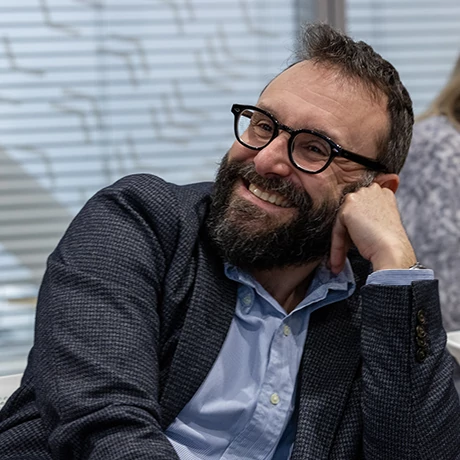
Giorgio Tasca
Professor Giorgio Tasca is a Clinical Professor of Neuromuscular Science and Honorary Consultant Neurologist at the John Walton Muscular Dystrophy Research Centre, Newcastle University, UK, since January 2023. He completed his Neurology residency in 2011 and a PhD in Neuroscience in 2014 at the Catholic University School of Medicine in Rome, Italy. His research focuses on muscle imaging and neuromuscular disorders, particularly facioscapulohumeral muscular dystrophy (FSHD). Professor Tasca has held research fellowships in Finland and Italy and is involved in several European neuromuscular initiatives. He has authored numerous publications and received awards, including an Academy of Medical Sciences Professorship.
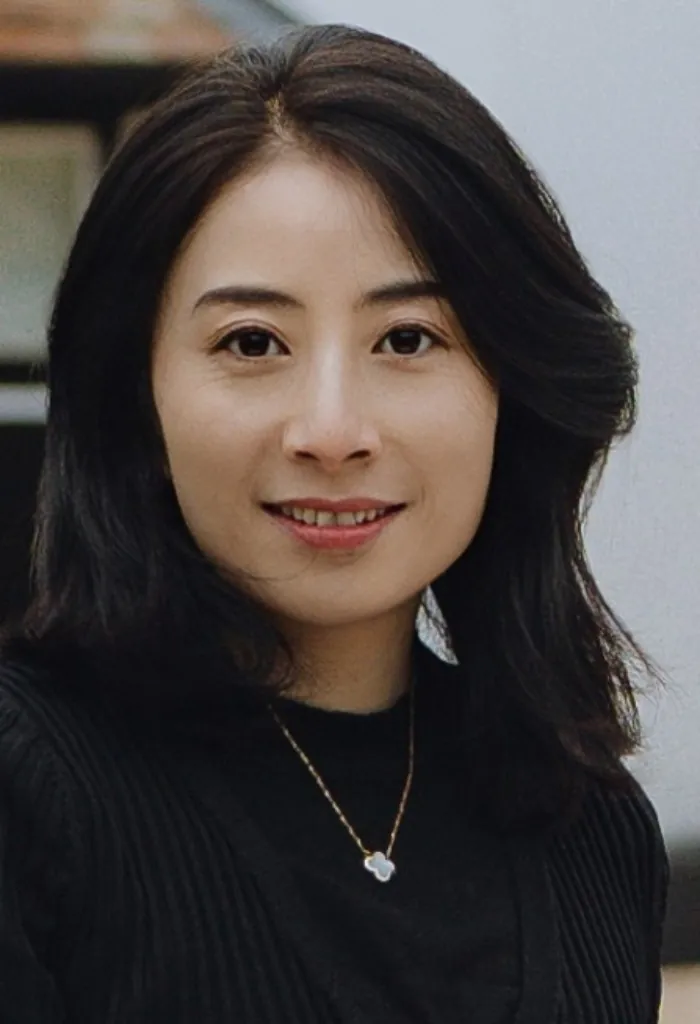
Dan Hao
Dan Hao is a Research Assistant at the John Walton Muscular Dystrophy Centre, Newcastle University, UK. She joined the MYO-Guide team in 2025. Prior to this role, she completed her Ph.D. in Health Technology at the University of Sheffield, where she focused on applying machine learning algorithms to web-based health behaviour interventions for individuals with chronic lung conditions. Dan holds an MSc in Health Economics and a BSc in Computer Science. In addition to her academic career, she has worked in the diagnostic imaging sector at GE Healthcare and Canon Medical, providing solutions for hospitals in China. Her research interests lie in leveraging AI to enhance healthcare and improve patient outcomes.
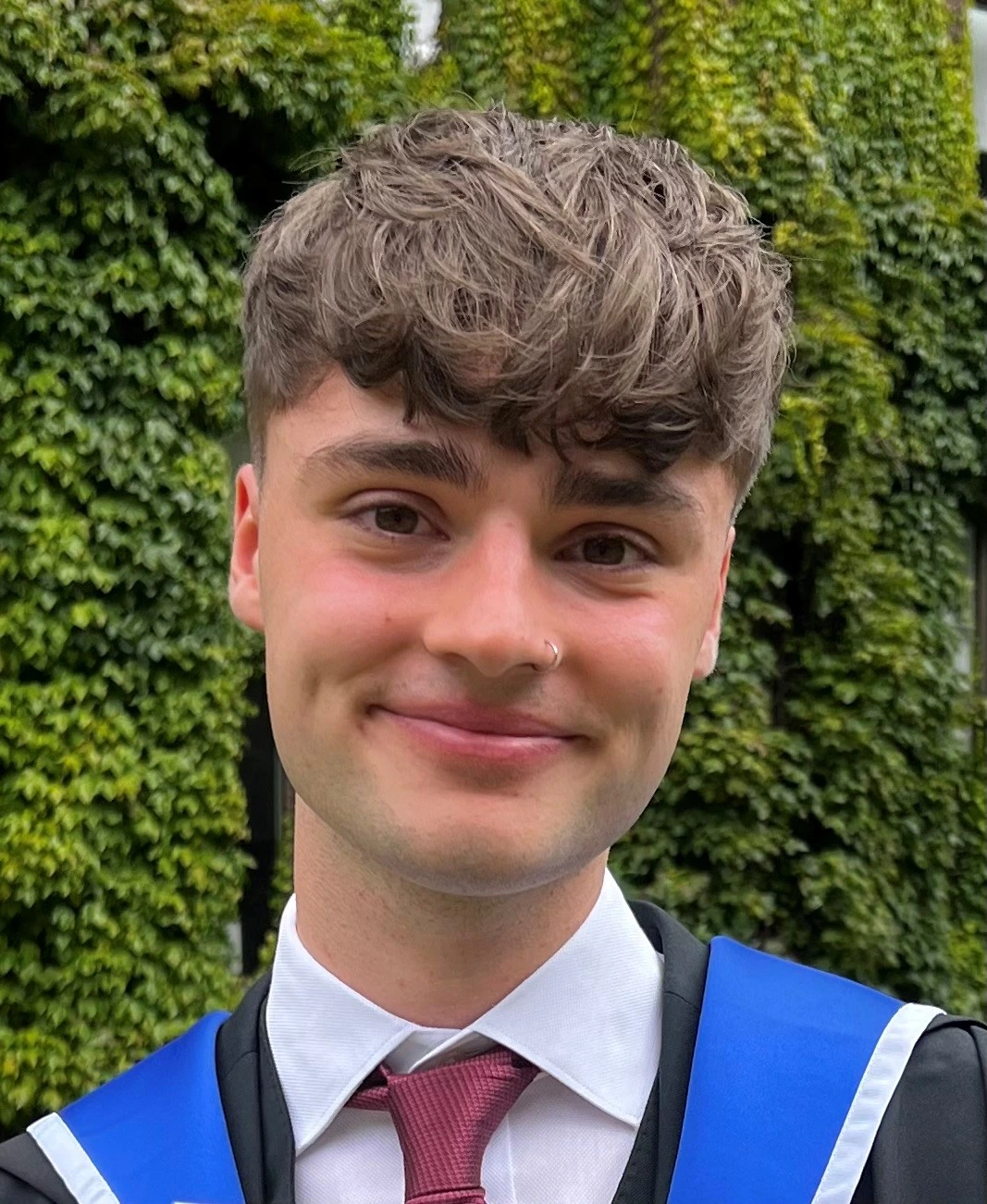
Joel Mannion
Joel Mannion is a Laboratory Technician at the John Walton Muscular Dystrophy Research Centre. After obtaining a Master’s in Biomedical Genetics from Newcastle University, he joined the Basic Research Strand at the JWMDRC to assist with Next-generation sequencing projects of undiagnosed neuromuscular patients. For MYO-GUIDE, Joel is involved in uploading MRI data to improve the accuracy of the Machine Learning Model used for NMD diagnosis.
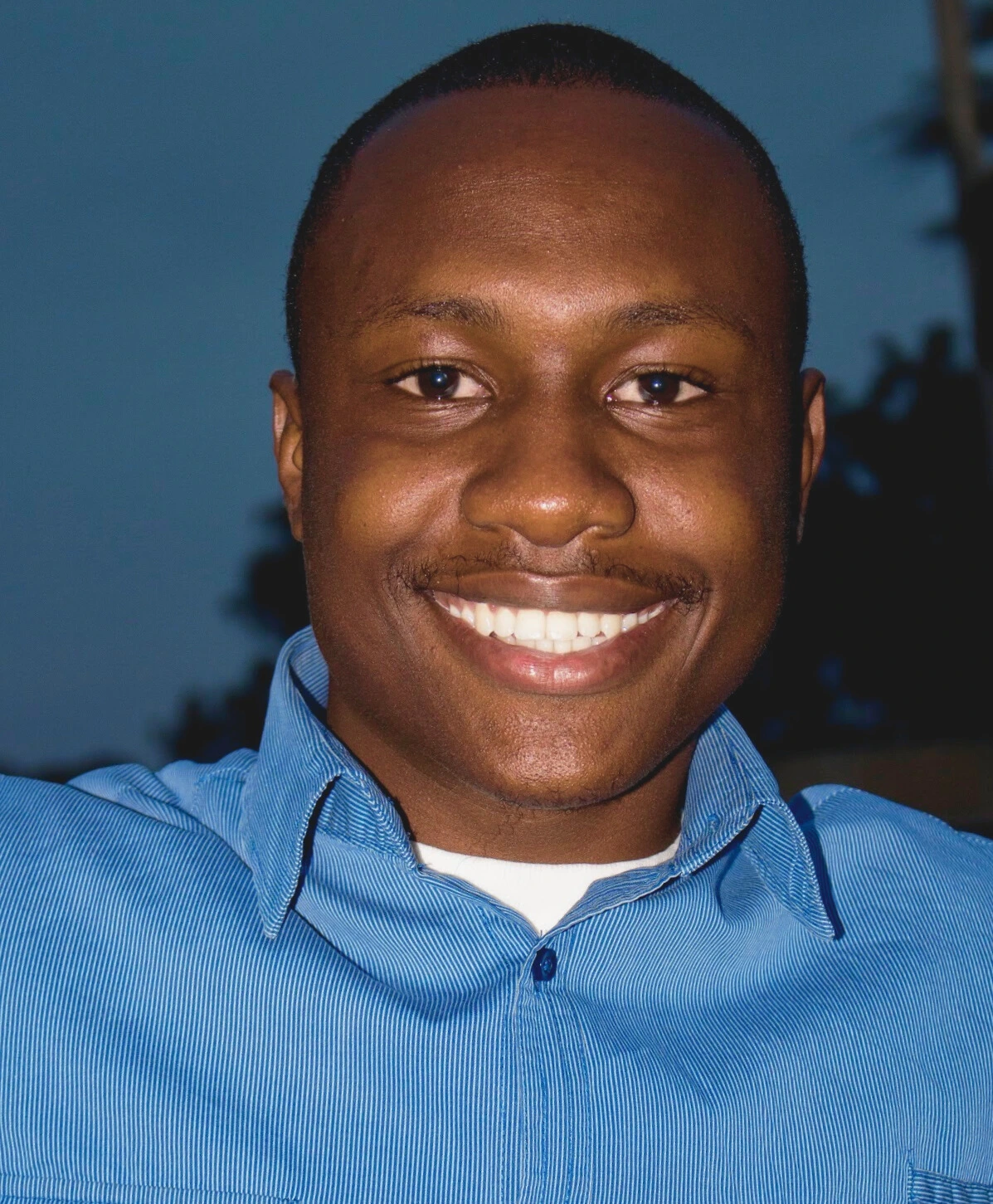
Stephen Wandera
Stephen Wandera is a Research Project Manager at the John Walton Muscular Dystrophy Research Centre, Newcastle University. He supports the delivery of multi-site, cross-disciplinary translational research projects, with a focus on muscular dystrophies and emerging MRI studies. Stephen is responsible for project oversight, management, and support, and brings extensive experience from previous roles at The World Bank Group and Echo Mobile, where he led high-impact projects across Sub-Saharan Africa - driving operational efficiency, delivering strategic insights through data analysis and stakeholder engagement. He holds a Master of Business Administration (MBA) from York St John University, UK, and a Bachelor of Science in Information Technology.
Citing MYO-Guide
If you are using MYO-Guide as part of your research, please cite the following paper:
Myo-Guide: A Machine Learning-Based Web Application for Neuromuscular Disease Diagnosis With MRI
Jose Verdu-Diaz, Carla Bolano-Díaz, Alejandro Gonzalez-Chamorro, Sam Fitzsimmons, Jodi Warman-Chardon, Goknur Selen Kocak, Debora Mucida-Alvim, Ian C. Smith, John Vissing, Nanna Scharff Poulsen, Sushan Luo, Cristina Domínguez-González, Laura Bermejo-Guerrero, David Gomez-Andres, Javier Sotoca, Anna Pichiecchio, Silvia Nicolosi, Mauro Monforte, Claudia Brogna, Eugenio Mercuri, Jorge Alfredo Bevilacqua, Jorge Díaz-Jara, Benjamín Pizarro-Galleguillos, Peter Krkoska, Jorge Alonso-Pérez, Montse Olivé, Erik H. Niks, Hermien E. Kan, James Lilleker, Mark Roberts, Bianca Buchignani, Jinhong Shin, Florence Esselin, Emmanuelle Le Bars, Anne Marie Childs, Edoardo Malfatti, Anna Sarkozy, Luke Perry, Sniya Sudhakar, Edmar Zanoteli, Filipe Tupinamba Di Pace, Emma Matthews, Shahram Attarian, David Bendahan, Matteo Garibaldi, Laura Fionda, Alicia Alonso-Jiménez, Robert Carlier, Ali Asghar Okhovat, Shahriar Nafissi, Atchayaram Nalini, Seena Vengalil, Kieren Hollingsworth, Chiara Marini-Bettolo, Volker Straub, Giorgio Tasca, Jaume Bacardit, Jordi Díaz-Manera, the Myo-Guide Consortium
First published April 2025, DOI: https://doi.org/10.1002/jcsm.13815
A complete list of publications involving Myo-Guide is available here.